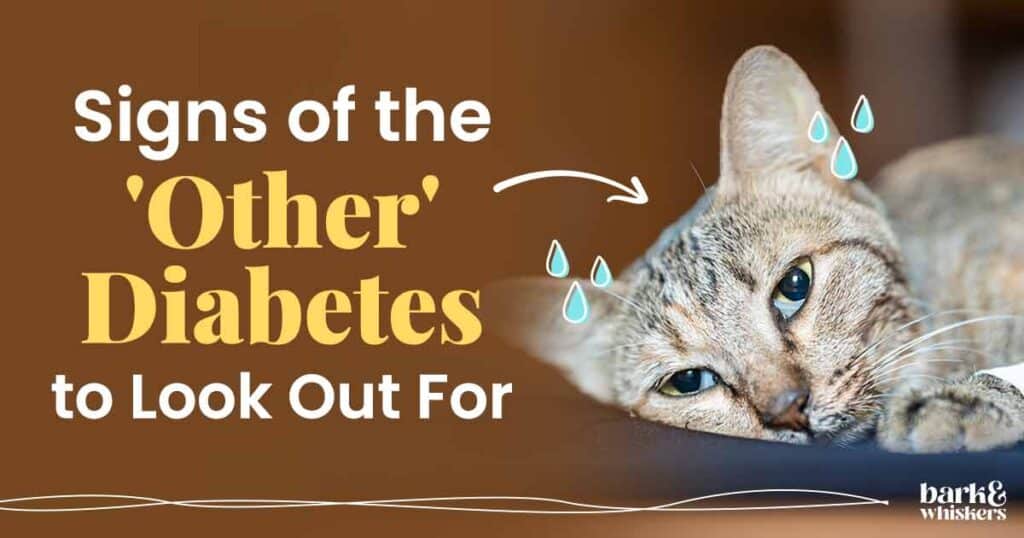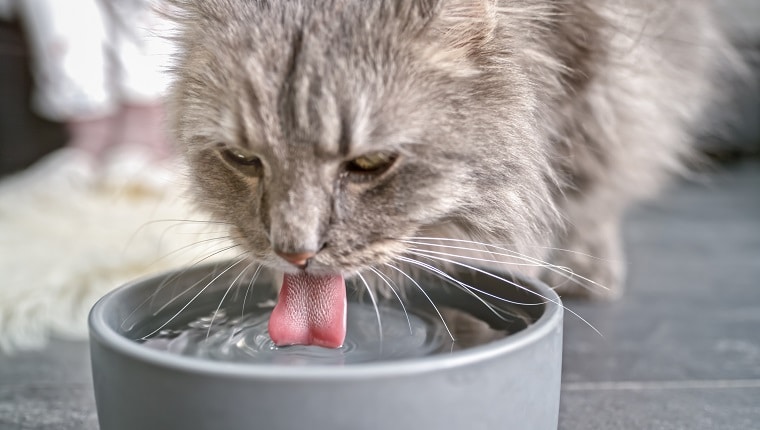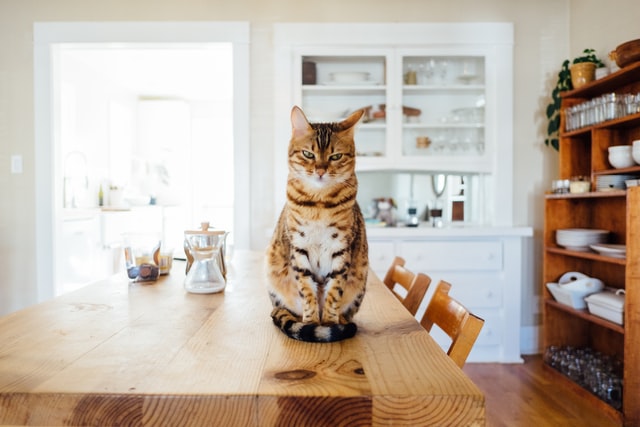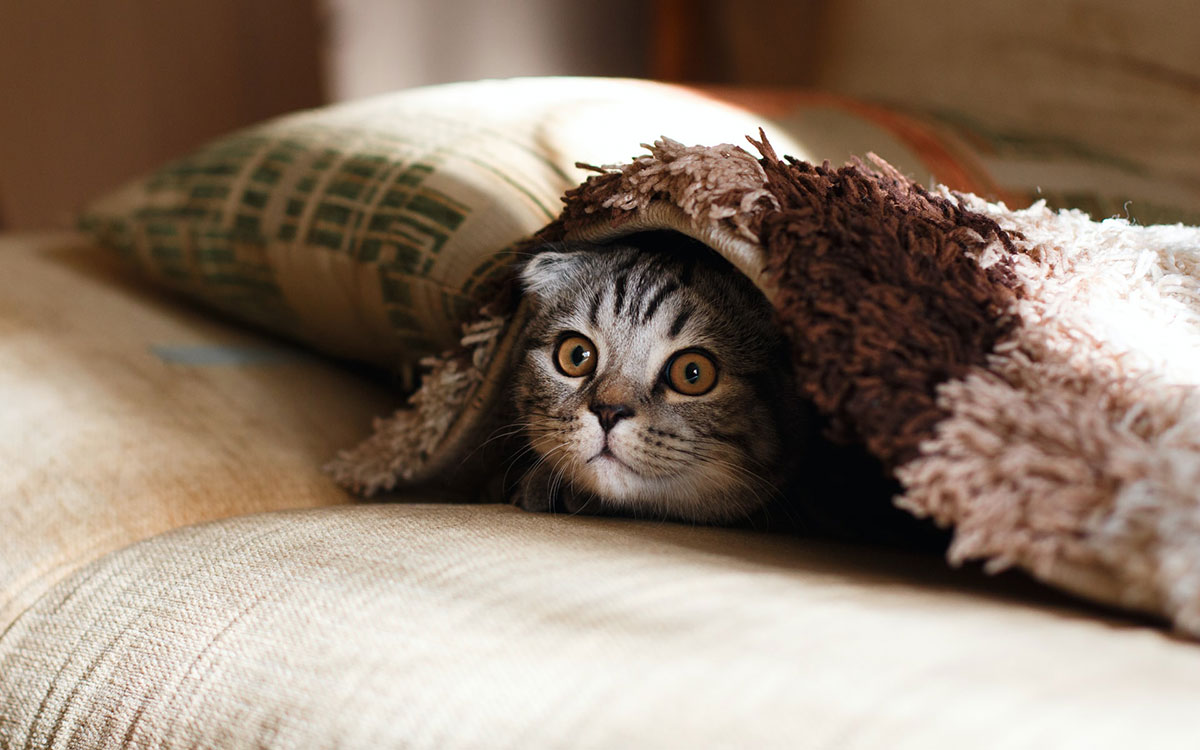Diabetes Insipidus in cats is rare but a serious condition. It affects the body’s water balance.
This condition differs from diabetes mellitus, which is characterised by elevated blood sugar levels. Diabetes Insipidus causes cats to drink and urinate more than usual. Understanding this disorder is vital for cat owners. It helps in noticing early signs and seeking timely treatment.
Cats with Diabetes Insipidus may show excessive thirst and frequent urination. These symptoms can lead to dehydration if not managed. This disorder is associated with issues related to the hormone that regulates water balance in the body. It can be due to problems in the brain or kidneys. Identifying this disorder early can significantly improve your cat’s health and overall well-being. Recognising symptoms and consulting a vet is key to managing the condition effectively.
Introduction To Diabetes Insipidus
Diabetes Insipidus is a rare condition. It affects how cats manage water. The body can’t hold water well. Cats might drink lots of water. They also pee a lot. This is not like regular diabetes. It differs from the more common type of diabetes mellitus.
This condition is not common in cats. Most cats will never have it. Some breeds might be more prone. But it’s still rare. Symptoms include drinking more water than usual. Watch for excessive peeing, too. If you see these signs, visit a vet. Early detection can help manage the condition.

Causes Of Diabetes Insipidus
Some cats have genes that make them prone to diabetes insipidus. These genetic factors can affect how their bodies use water. Families of cats might share these traits. Inherited traits can lead to hormonal imbalances. Hormones help the body manage fluid levels. When genes affect hormones, it can cause diabetes insipidus. Cats with these genes may need special care.
Cats can face environmental changes that affect their health. Stress is a common trigger. Loud noises or new places can stress cats. Pollution can also be a problem. Dirty air or water can harm their bodies. These triggers can lead to health issues. Cats with sensitive systems might react strongly. Owners should watch for any changes in their pet’s behaviour. Early signs can help manage diabetes insipidus more effectively.
Symptoms In Cats
Cats with diabetes insipidus often drink more water than usual. Their bowls might be empty quickly. You may notice your cat in the water bowl frequently. This is not normal behaviour. It’s a sign that something might be wrong. Please keep track of how much they drink each day.
Frequent urination is another symptom. Your cat may visit the litter box often. They might have accidents outside the box. This is because they can’t hold their urine. Watch for more wet spots around the house. Cats can also become dehydrated easily. This happens if they lose too much water.
Diagnosis Process
The vet checks the cat’s health. They look at the eyes and ears. They feel the cat’s body for lumps. Weight and size are measured. The vet asks about the cat’s habits. Drinking and peeing are essential questions. Cats with diabetes insipidus often drink too much water. They pee a lot. This helps the vet know what might be wrong.
Blood and urine tests are done. These tests show what is in the cat’s body. The vet looks for signs of diabetes insipidus. Hormone levels are checked. They see how the body uses water. Normal levels mean the cat is healthy. High or low levels show a problem. The vet uses these tests to gather more information.
Treatment Options
Medications help manage diabetes insipidus in cats. These drugs control thirst and urination. Desmopressin is a common medication. It helps when the body lacks a hormone. Thiazide diuretics can also be helpful. They reduce urine production. Always consult a vet before starting any treatment.
Hormonal therapies can help cats with diabetes insipidus. These therapies replace missing hormones. Desmopressin acetate is one such therapy. It comes as eye drops or injections. This therapy helps the cat’s kidneys function more effectively. Always follow the vet’s advice for proper dosage. Monitoring your cat’s health is essential. Regular check-ups ensure the treatment is effective.
Dietary Adjustments
Cats with diabetes insipidus need exceptional food. They require a balanced diet. This diet includes protein and fibre. Their meals should be low in salt. Salt can make them thirsty. Thirst is a symptom of diabetes insipidus. Fresh food is best for them.
Water is essential for cats. They must drink clean water every day. This helps control their thirst. Always keep their water dish full. It should be easy to reach. Some cats prefer running water. A pet water fountain can help. Cats need water to stay healthy.
Home Care Tips
Diabetes insipidus in cats requires attentive home care. Ensure fresh water is always available to prevent dehydration. Regular veterinary visits are crucial for monitoring health and effectively managing symptoms.
Monitoring Symptoms
Monitor your cat’s water intake closely. Cats with diabetes insipidus drink more water. Notice any changes in their drinking habits. Check their litter box regularly. More urination is a common sign. Could you pay attention to their energy levels? A tired cat might need help. Look for weight changes. This can also be a symptom. Regular visits to the vet are crucial. They can help monitor your cat’s health.
Creating A Comfortable Environment
Provide fresh water at all times. Cats need to stay hydrated. Use a quiet and calm area for their bed. This helps them relax. Avoid loud noises around them. Stress can worsen symptoms. Keep their litter box clean. A clean area is essential for their health. Offer a balanced diet. Nutritious food supports their well-being. Regular playtime is critical. It keeps them active and happy.
Long-term Management
Cats with diabetes insipidus need regular vet visits. The vet checks their overall health. This helps in adjusting treatments if required. Blood tests might be done. They show how the cat is doing. Weight and hydration levels are also checked. These visits keep your cat healthy. They also help in spotting any new issues early. Timely care ensures a better life for your cat.
Cats need a few lifestyle changes with this condition. Fresh water should be readily available at all times. It keeps them hydrated. A balanced diet is essential. It supports their health. Avoiding stress is important, too. Stress can worsen their condition. A calm environment helps the cat feel safe. Routine and structure also bring comfort. These adaptations make life easier for both the cat and the owner.
Frequently Asked Questions
What Causes Diabetes Insipidus In Cats?
Diabetes insipidus in cats is caused by a deficiency of antidiuretic hormone (ADH) or kidney response issues. It leads to excessive thirst and urination. Two types exist: central, due to pituitary gland problems, and nephrogenic, where kidneys fail to respond to ADH.
Proper diagnosis and treatment are essential.
What Are The Initial Signs Of Diabetes Insipidus?
Excessive thirst and frequent urination are early signs of diabetes insipidus. Fatigue and dehydration may also occur.
What Is The Prognosis For Diabetes Insipidus?
The prognosis for diabetes insipidus varies. With proper treatment, individuals can lead everyday lives. Maintaining fluid balance requires continuous management. Regular monitoring and medication help prevent complications. Early diagnosis improves outcomes significantly. Consult healthcare professionals for personalised guidance.
What Are The 3 Causes Of Diabetes Insipidus?
Diabetes insipidus can be caused by a deficiency of antidiuretic hormone, kidney response failure, or hypothalamic damage.
Conclusion
Understanding diabetes insipidus in cats is crucial for pet owners. Early detection leads to better management and improves your cat’s quality of life. Regular vet visits help monitor symptoms effectively. Monitor your water intake and bathroom habits. Be proactive.
Proper care ensures your cat stays healthy and happy. Consult your vet for tailored advice. Treatment options vary based on individual needs. Stay informed. Your knowledge can make a difference. With the right approach, managing diabetes insipidus becomes easier. Your cat deserves the best care possible, and you can provide it.






